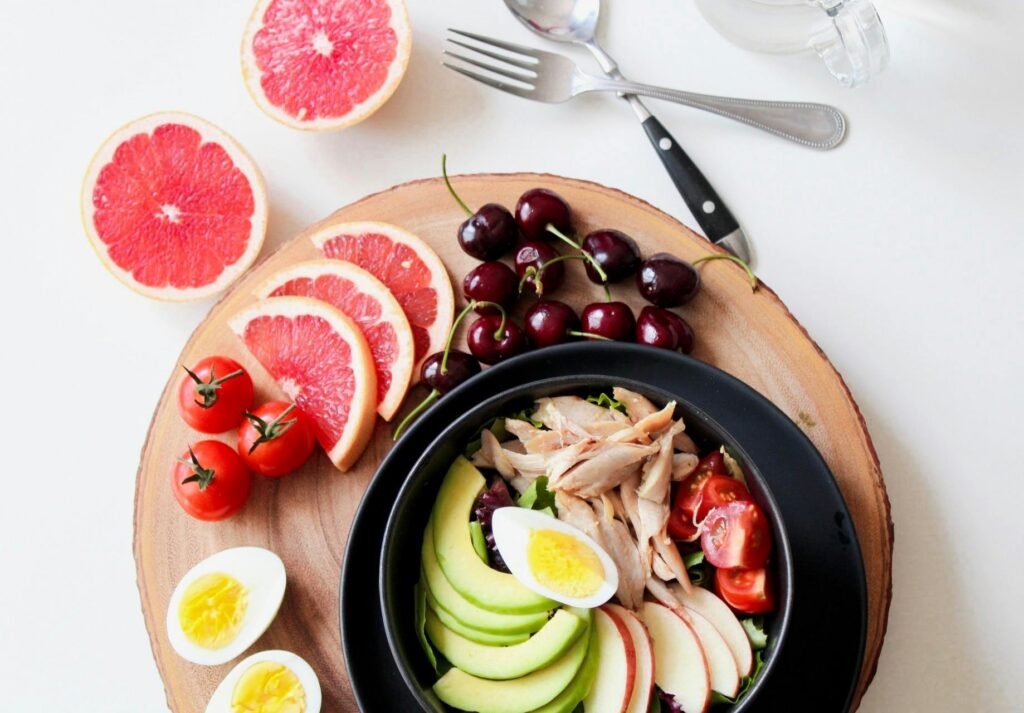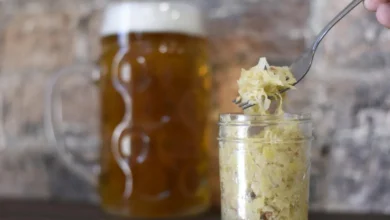Understanding what you eat is vital to maintaining a healthy lifestyle. If you’ve ever wondered how to read nutrition labels like a pro, you’re not alone. These labels contain essential information that helps you make informed decisions about the food you consume daily. In this guide, we’ll break down how to read nutrition labels like a pro, giving you the confidence to shop smarter and eat better.

Why Nutrition Labels Matter
Nutrition labels serve as a powerful tool for comparing products, tracking your intake, and avoiding unhealthy ingredients. Knowing how to read nutrition labels like a pro helps prevent chronic diseases, control weight, and maintain energy levels.
Moreover, food packaging can be misleading. Terms like “low-fat,” “all-natural,” or “sugar-free” may not tell the full story. Learning how to read nutrition labels like a pro reveals what’s behind the marketing.
The Standard Nutrition Label Format
To begin learning how to read nutrition labels like a pro, start with the layout. Every nutrition label includes:
- Serving size
- Calories
- Macronutrients (fat, carbohydrates, protein)
- Micronutrients (vitamins and minerals)
- % Daily Value (%DV)
Transitioning into a label reading habit requires practice and attention to detail. With time, this becomes second nature.

1. Check the Serving Size First
The first step in how to read nutrition labels like a pro is to look at the serving size. Many products contain multiple servings per package. Misunderstanding this can lead to consuming far more calories than intended.
For instance, if a bag of chips lists 150 calories per serving and contains three servings, eating the whole bag means consuming 450 calories. Always compare the portion you’re eating with the listed serving size.
2. Total Calories and Calories from Fat
Understanding calorie count is another vital step in how to read nutrition labels like a pro. Calories represent the energy you’ll get from one serving. Additionally, labels may show how many of those calories come from fat.
High-calorie foods aren’t necessarily unhealthy. For example, avocados are calorie-dense but packed with healthy fats and nutrients. However, knowing your calorie intake helps maintain energy balance.
3. Evaluate the Macronutrients
a. Total Fat
When learning how to read nutrition labels like a pro, distinguish between different fat types:
- Saturated fat: Limit this, as it may raise LDL (bad) cholesterol.
- Trans fat: Avoid entirely. It increases the risk of heart disease.
- Unsaturated fat: Found in nuts, seeds, and olive oil—these are heart-healthy.
b. Carbohydrates
Another key element in how to read nutrition labels like a pro is understanding carbs:
- Total carbohydrates include fiber, sugar, and starch.
- Dietary fiber is essential for digestion. Aim for high-fiber foods.
- Sugars, especially added sugars, should be minimized. Look for terms like “high fructose corn syrup” or “cane sugar.”
c. Protein
Protein supports muscle growth, immunity, and metabolism. Whether you’re active or not, it’s important to track your intake.
By consistently practicing how to read nutrition labels like a pro, you’ll better manage your macro balance and diet quality.
4. Understand % Daily Value (%DV)
The %DV helps you determine if a serving of food is high or low in a nutrient. According to the FDA:
- 5% or less = Low
- 20% or more = High
Mastering this part is crucial when learning how to read nutrition labels like a pro. Use it to compare foods and identify nutrient-rich options.
For example, a label showing 25% DV of calcium is a good source. Meanwhile, a snack with 35% DV of saturated fat may be worth skipping.

5. Identify Key Nutrients to Limit
Knowing how to read nutrition labels like a pro also means watching out for certain nutrients that can harm your health in excess:
- Saturated fat
- Trans fat
- Sodium
- Added sugars
Too much sodium increases blood pressure. Excess sugar contributes to weight gain and inflammation. Learn to spot hidden sources of these in ingredient lists.
6. Look for Nutrients to Prioritize
Some nutrients are often under-consumed. Focus on getting enough of these when learning how to read nutrition labels like a pro:
- Fiber
- Vitamin D
- Calcium
- Potassium
- Iron
Choosing products that offer high %DV in these areas supports bone health, energy production, and immune function.
7. Decoding the Ingredients List
In addition to the nutrition facts, the ingredients list reveals what’s actually in your food. One rule of thumb when applying how to read nutrition labels like a pro is: the fewer ingredients, the better.
Watch for:
- Added sugars: Appearing under names like sucrose, glucose, or maltose.
- Artificial colors/flavors: Often added to processed foods.
- Preservatives: May extend shelf life but don’t add nutritional value.
The order matters too—ingredients are listed by weight, from most to least.

8. Understand Nutrition Claims on the Package
Terms like “low-fat,” “reduced sodium,” or “light” have specific definitions. Part of mastering involves knowing what these mean:
- Low-fat: 3g or less per serving
- Reduced sodium: At least 25% less than the original
- Sugar-free: Less than 0.5g per serving
Always verify these claims by checking the label itself. Marketing terms can be deceptive.
9. Spotting Hidden Sugars and Sodium
To really master you must dig deeper. Even savory foods like pasta sauce or bread can contain high sugar and salt.
Common terms for hidden sugar include:
- Corn syrup
- Dextrose
- Fruit juice concentrate
Hidden sodium sources include:
- Monosodium glutamate (MSG)
- Baking soda
- Sodium nitrate
Being aware of these makes your food choices more transparent and health-conscious.
10. Comparing Products for Better Choices
When you know how to read nutrition labels like a pro, comparing products becomes easier. Let’s say you’re choosing between two yogurts. One may have less sugar but also less protein. Another may have more calories but be more nutrient-dense.
Use the %DV and ingredient list to decide which is best aligned with your goals.

11. Nutrition Label Reading for Special Diets
People following specific diets—like keto, vegan, or gluten-free—need a sharper focus. Knowing how to read nutrition labels like a pro ensures you meet your dietary requirements without compromising health.
- Keto: Watch net carbs and sugar alcohols.
- Vegan: Check for hidden animal-based ingredients.
- Gluten-Free: Look for certification seals and hidden wheat derivatives.
12. Reading Labels When Dining Out
While packaged foods come with labels, restaurant menus are trickier. Some chains provide nutritional information online. If you’re dedicated to how to read nutrition labels like a pro, use this data before choosing your meal.
Apps and trackers can also estimate nutrition based on ingredients or meal type.
13. Children and Nutrition Labels
Teaching children encourages lifelong healthy habits. Simplify the process by focusing on sugar and serving size. Use colorful visuals and comparisons to make it engaging.
14. Staying Consistent with Label Reading
The final piece of is consistency. Make label-checking part of your shopping routine. With time, you’ll develop a sixth sense for spotting what’s healthy and what’s not.
Keep a list of your go-to healthy options to save time. Stay up to date with changes in labeling laws or ingredient trends.

Conclusion
Learning how to read nutrition labels like a pro is a game-changer for anyone aiming to lead a healthier life. From understanding serving sizes and calorie counts to identifying added sugars and sodium, label literacy gives you control over your health choices.
Use this guide as a reference every time you shop, cook, or plan meals. Over time, your decisions will become smarter, your diet cleaner, and your body stronger. You can also find the related topics on https://healthneno.com/



